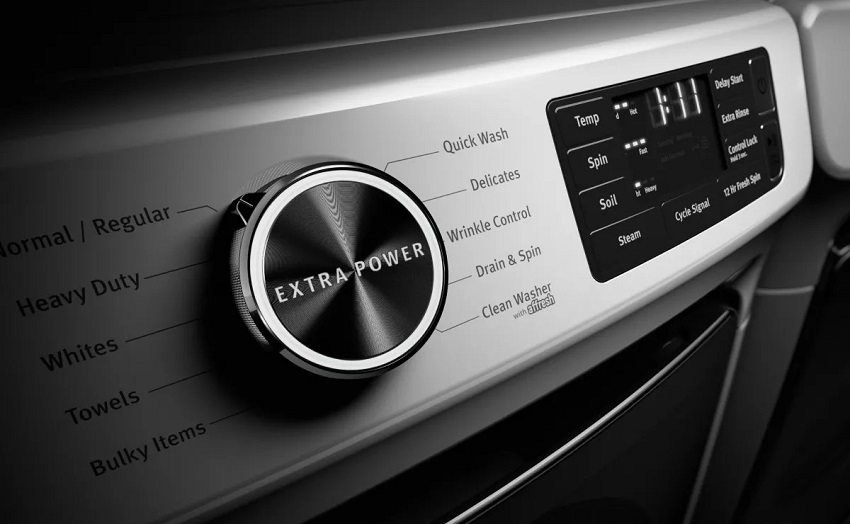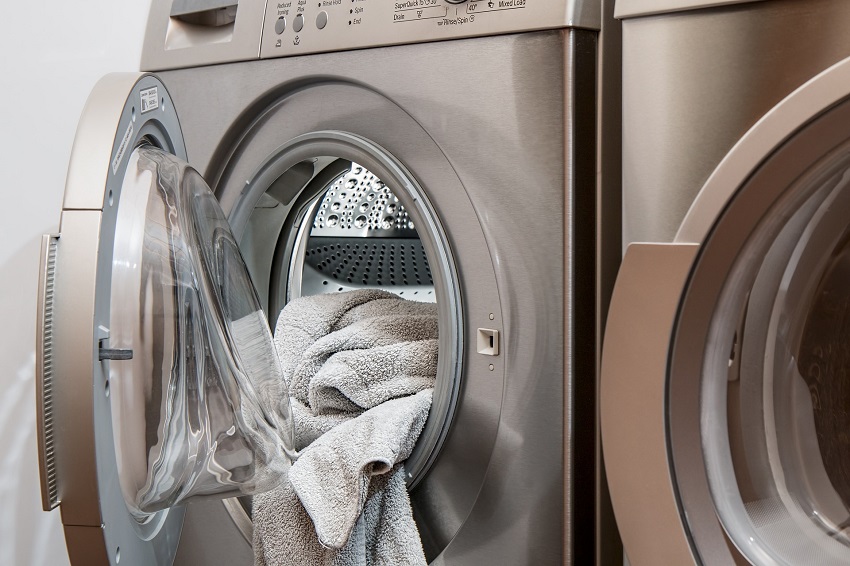
19 Jul Which Type of Washing Machine Uses Less Electricity?
When it comes to household appliances, washing machines are one of the most essential and frequently used. As consumers, we are always on the lookout for energy-efficient options that not only save money but also contribute to a greener environment. In this article, we will explore the different types of washing machines available and determine which type uses less electricity. So, let’s dive in and discover the ideal washing machine for energy-conscious individuals. The content is presented by https://sevenfrigo.net/
Introduction to Washing Machines
Before we delve into the specifics, let’s briefly understand what a washing machine is and how it functions. A washing machine is a household appliance designed to clean laundry, such as clothes, towels, and sheets. It eliminates the need for manual scrubbing and provides convenience by automating the entire washing process. Traditional washing machines operate by agitating the clothes in a mixture of water and detergent, whereas modern washing machines offer advanced features and technologies to improve efficiency. With the rise in demand for eco-friendly products, manufacturers have also introduced economic washing machines that save water and energy during the wash cycle.
Top-Loading Washing Machines
One of the most common types of washing machines is the top-loading variety. As the name suggests, these machines have an opening at the top where laundry is loaded. Top-loading machines typically have a vertical drum that agitates the clothes during the wash cycle. They are generally more affordable than front-loading machines and require less maintenance. However, when it comes to energy consumption, top-loading washing machines are not as efficient as their counterparts.
The energy efficiency of a washing machine is measured by its Water Factor (WF) and Modified Energy Factor (MEF). A higher WF indicates more water usage, while a higher MEF signifies better energy efficiency. Unfortunately, top-loading machines tend to have higher WFs and lower MEFs compared to front-loading machines, making them less energy-efficient overall.
Front-Loading Washing Machines
Front-loading washing machines have gained popularity in recent years due to their superior energy efficiency. These machines have a horizontal drum that allows clothes to tumble through the water and detergent mixture. By using less water and relying on gravity for the washing process, front-loading machines are designed to conserve both water and energy.
Front-loading washing machines have lower WFs and higher MEFs, making them the more energy-efficient choice. The horizontal drum also ensures gentler treatment of clothes, reducing wear and tear over time. Additionally, front-loading machines have larger capacity options, enabling users to wash more laundry in a single load, further saving energy.
High-Efficiency (HE) Top-Loading Washing Machines
In recent years, manufacturers have introduced a hybrid option known as high-efficiency (HE) top-loading washing machines. These machines combine the convenience of top-loading design with the energy efficiency of front-loading machines. HE top-loading machines utilize advanced technologies such as a low-profile impeller or an oscillating wash plate instead of a traditional agitator. This innovation allows for a larger drum capacity and reduces water consumption.
While HE top-loading machines are more energy-efficient compared to traditional top-loading machines, they still fall slightly behind front-loading machines in terms of overall efficiency. However, for individuals who prefer the top-loading design but desire improved energy efficiency, HE top-loading machines can be a suitable option.
Factors Influencing Energy Consumption
Apart from the type of washing machine, several other factors can influence the electricity usage during the laundry process. Here are some essential considerations:
Load Size and Frequency
Washing machines consume varying amounts of electricity based on the load size and frequency of use. Running a machine at full capacity will optimize energy usage, as it maximizes the efficiency of water and detergent consumption. Additionally, reducing the frequency of washing by running full loads can help conserve energy.
Temperature Settings
Hot water cycles consume more energy than cold or warm water cycles. By selecting lower temperature settings when appropriate, you can significantly reduce electricity consumption without compromising the cleanliness of your laundry. Most modern washing machines offer multiple temperature options to cater to different needs.
Energy-Saving Features
When purchasing a washing machine, look for models with energy-saving features such as sensors that adjust the water level based on the load size or automatic load detection. These features optimize energy consumption and help reduce your electricity bill.
Conclusion
Front-loading washing machines are the clear winner when it comes to energy efficiency. Their lower water usage, higher energy factor, and larger capacity make them an ideal choice for environmentally conscious individuals looking to save on electricity costs. However, if you prefer the top-loading design, high-efficiency (HE) top-loading machines can provide a balance between convenience and energy efficiency.
By considering factors such as load size, temperature settings, and energy-saving features, you can further optimize your washing machine’s energy consumption. Remember, every small step towards energy efficiency contributes to a sustainable future.
FAQs (Frequently Asked Questions)
- Are front-loading washing machines more expensive than top-loading machines?
Front-loading washing machines are generally more expensive than top-loading machines. However, they offer long-term savings in terms of energy consumption and water usage.
- Can I wash all types of laundry in a front-loading machine?
Yes, front-loading machines can handle a wide range of laundry types, including delicate garments. Their gentle tumbling action ensures proper cleaning without causing damage.
- Do energy-saving features make a significant difference in electricity consumption?
Yes, energy-saving features can make a noticeable difference in electricity consumption. They optimize water and energy usage based on load size, resulting in more efficient operation.
- How much can I save on electricity costs by using an energy-efficient washing machine?
The exact savings depend on various factors, including usage patterns, load sizes, and electricity rates. However, switching to an energy-efficient washing machine can lead to significant long-term savings.
- Are front-loading machines noisier than top-loading machines?
Front-loading machines are generally quieter than top-loading machines due to their design and reduced vibrations during operation.

Sorry, the comment form is closed at this time.